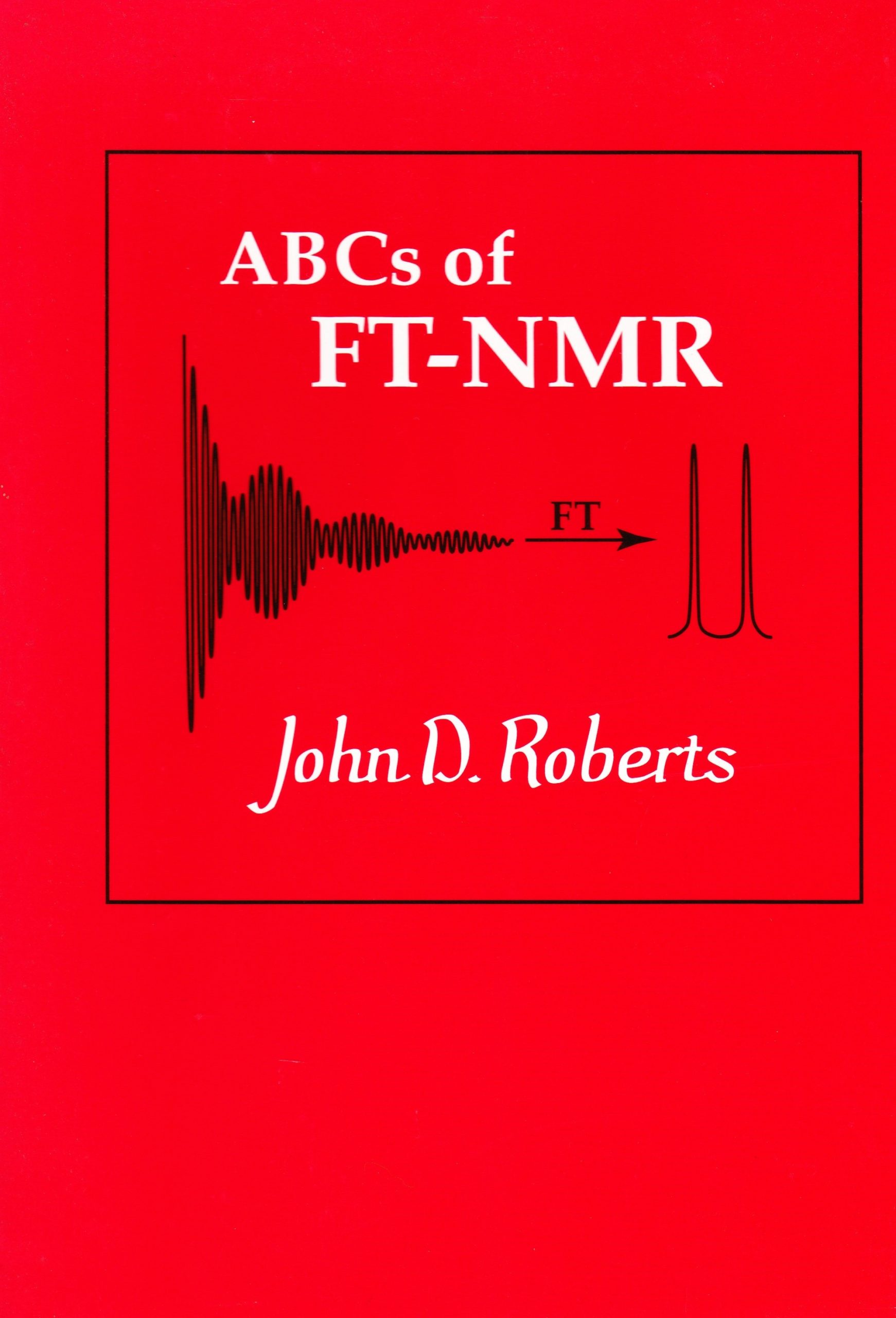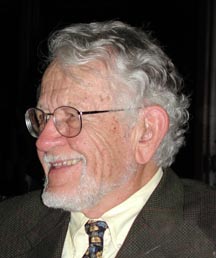
ABCs of FT-NMR
The primary purpose of this book is to help you understand what is going on in Fourier Transform (FT) Nuclear Magnetic Resonance (NMR) spectroscopy. Modern life is now very largely life with "black boxes" that carry warning labels: "No user-serviceable parts inside." Many find black boxes to be quite acceptable, at least as long as they work. But how willing should we be to accept black-box analyses without some understanding of how those analyses were obtained?
Summary
The primary purpose of this book is to help you understand what is going on in Fourier Transform (FT) Nuclear Magnetic Resonance (NMR) spectroscopy. Modern life is now very largely life with “black boxes” that carry warning labels: “No user-serviceable parts inside.” Many find black boxes to be quite acceptable, at least as long as they work. But how willing should we be to accept black-box analyses without some understanding of how those analyses were obtained? NMR spectrometers are like “black boxes” in that they offer many standardized procedures, but it can be dangerous to the quality of your data if you rely slavishly on such procedures without understanding how and why the proper parameter choices are critical. The scope of this book is broad rather than deep with the intention of providing helpful insight. Much can be understood in a more qualitative way and that is the approach taken here. For those few areas where a quantitative approach is needed, simple mathematics will usually suffice.
This book has been used as a text for “Basic FT-NMR Spectroscopy” at the California Institute of Technology for the last ten years.
Resources
Table of Contents
1. Some NMR Basics
2. Electromagnetic Basics of NMR
3. How Do We Perform the NMR Fourier Transform?
4. The Bloch Equations. Calculating What Happens in NMR Experiments
5. The NMR Fourier Transform and its Problems
6. Relaxation and the Nuclear Overhauser Effect
7. Pulse Experiments in One-Dimensional NMR Spectra
8. NMR Spectroscopy in Two Dimensions
9. Some Thoughts on Spin-Spin Splitting
10. Some Thoughts About Chemical Shifts
11. Measurement of Rates by NMR
Index

